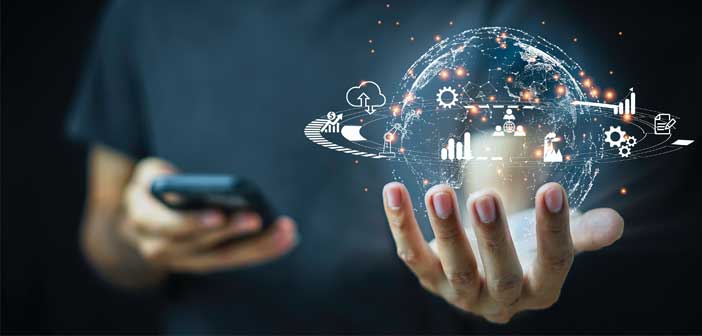Unfortunately, things don’t always go the way they are supposed to with electrical equipment. If you are lucky, you might have a technician on staff—and onsite—who can fix it right away, but more likely than not, you might need to wait until that technician can come to the property to assess the problem and fix it.
A new platform from power management company Eaton has been introduced that will allow hotels to monitor and manage power usage remotely—meaning a problem has the potential to be solved in minutes, not hours.
The platform, part of Eaton’s Brightlayer Data Centers suite, is the first in the industry to unite asset management, IT and operational technology (OT) device monitoring, power quality metrics and advanced electrical supervision in a single, native application, according to the company.
“The general use case for us when we think about a hotel customer is highly distributed, with lots of locations that need some form of management, monitoring and alarming insight to try to help that operation,” explained Steve Webel, director, offer management for data centers, Eaton.
The software gives a technician the ability to fix problems that might arise at a site without having to physically be there—saving both time and money.
“Centrally, the software can manage multiple locations and give access into those locations to reboot outlets, restart servers, reboot a switch or turn something on or off,” he said. “We can do this through the software without physically driving to a site to fix a problem. So, in a lot of cases, this specific benefit and value for the customer is worth the value of the software.”
The suite provides a single application to manage, monitor and control critical site power management assets. These include uninterruptible power supplies (UPSs), power distribution units (PDUs), switchgear, generators, cooling equipment, battery storage and solar equipment. The platform offers three solutions that can be used alone or together based on customer needs.
Data Center Performance Management software monitors assets; provides trends, alerts and reports; and manages power, space, connectivity and cooling resources to maximize IT application uptime.
Electrical Power Monitoring System software delivers real-time and historical visibility into a hotel’s electrical power system to quickly resolve and identify the root cause of unexpected issues and understand a facility’s use of water, air, gas, electricity and steam to reduce operating costs and meet sustainability goals.
Distributed IT Performance Management software manages and controls network-connected assets such as PDUs and UPSs, regardless of vendor or where they are located, and proactively identifies and automates actions to prevent IT equipment from going down. With cybersecurity protection built in, users can execute remote firmware upgrades and configuration changes to safeguard critical data from potential cyber threats.
The platform enables users to monitor and manage several properties from one device. “If we were to talk for customers that have these distributed locations, there are very specific needs,” he said. “Because they are highly distributed, they don’t have IT skill sets at every location to push buttons, reboot things and load software.”
The data that the system monitors can be quite broad, according to Webel. “We have a model library of 30,000 different devices that we can communicate with and pull data back on,” he said. “In general, we are a power company, so we do a lot of power data—power and energy cost information—but we certainly can get into environmental sensors like temperature, humidity, leak detection, dew points and airflow and can even cross into camera systems and security. In a very raw sense, data is data for us, and we are vendor neutral and device agnostic.”
The system can analyze the data it collects and provide insights. For example, it can analyze power usage, which can be used to help achieve sustainability goals.
“If we can start to measure things and understand where consumption is happening, we can start to tweak behaviors and start to automate some recovery routines to save money,” said Webel.
The platform can also help to track a property’s carbon footprint.
“We can work with the utility providing power to the property to understand the energy sources they are using, whether it’s natural gas, oil and gas, nuclear or solar,” he said. “When we know where the power is being provided from and the total power that is being consumed by a property, we can start to build the profile of sustainable energy and renewable metrics. We can come up with improvement plans to get to more renewable types of power sources.”


